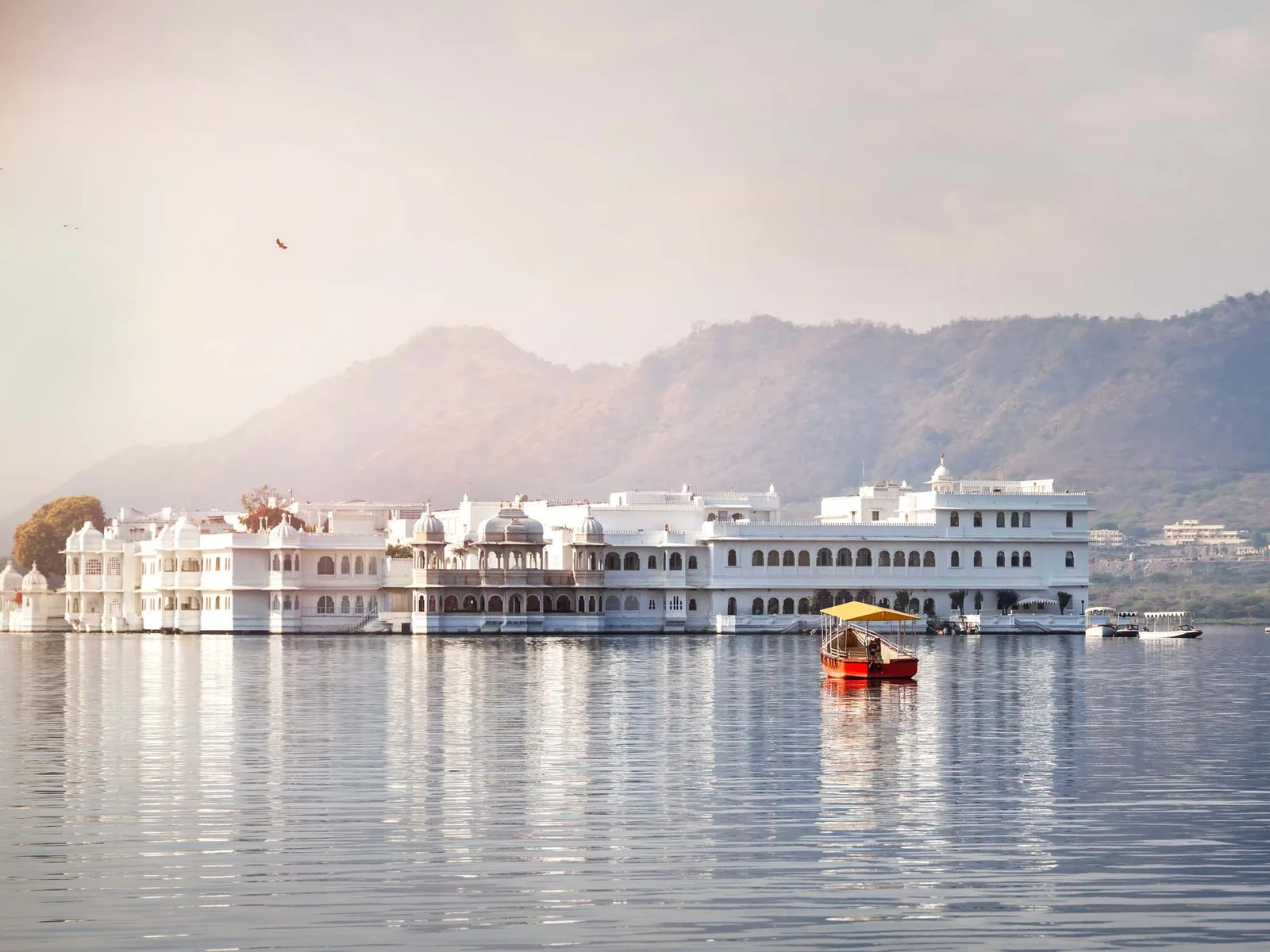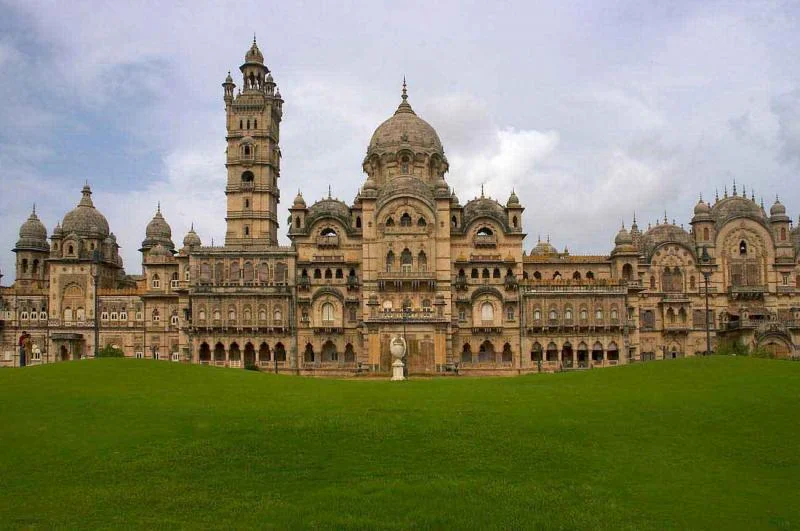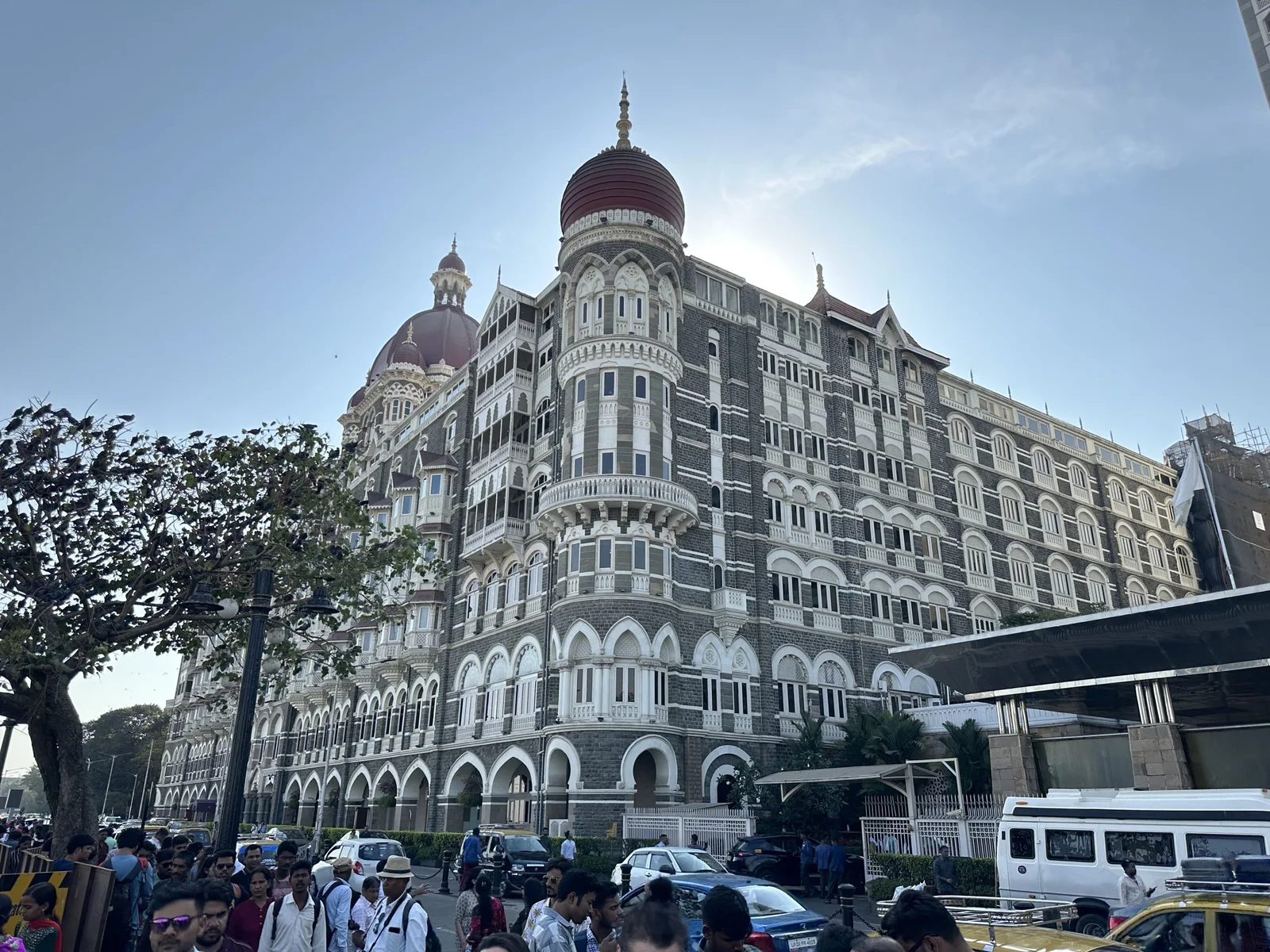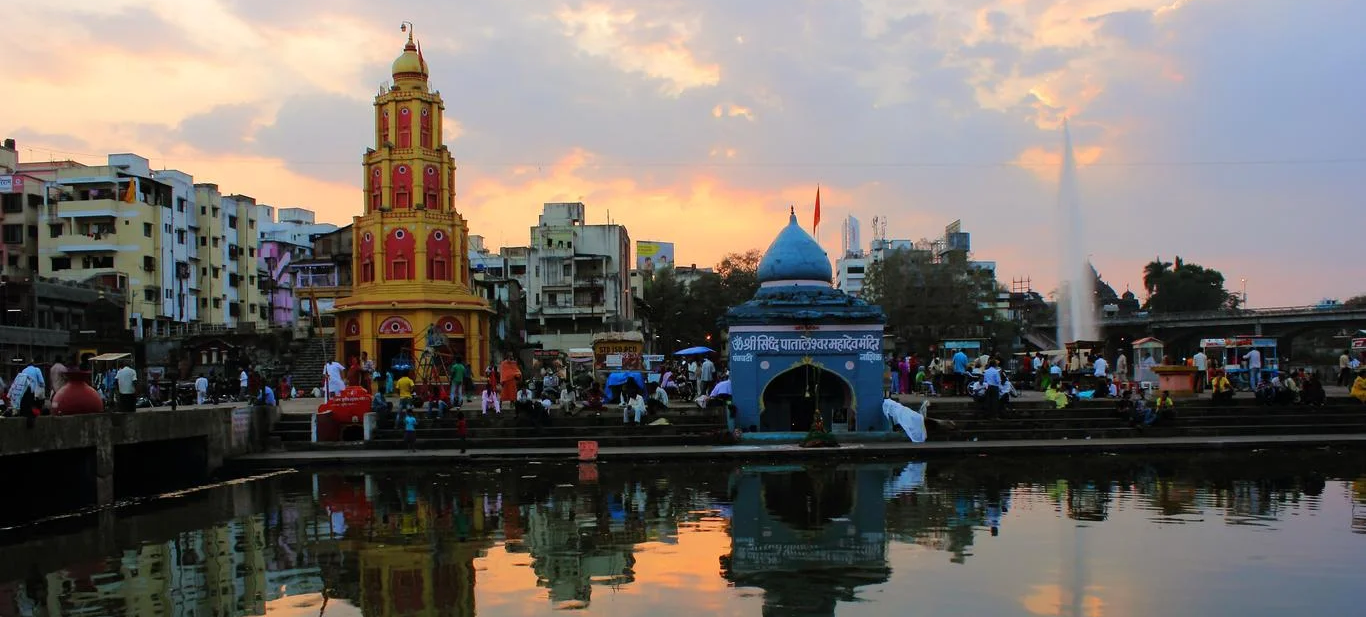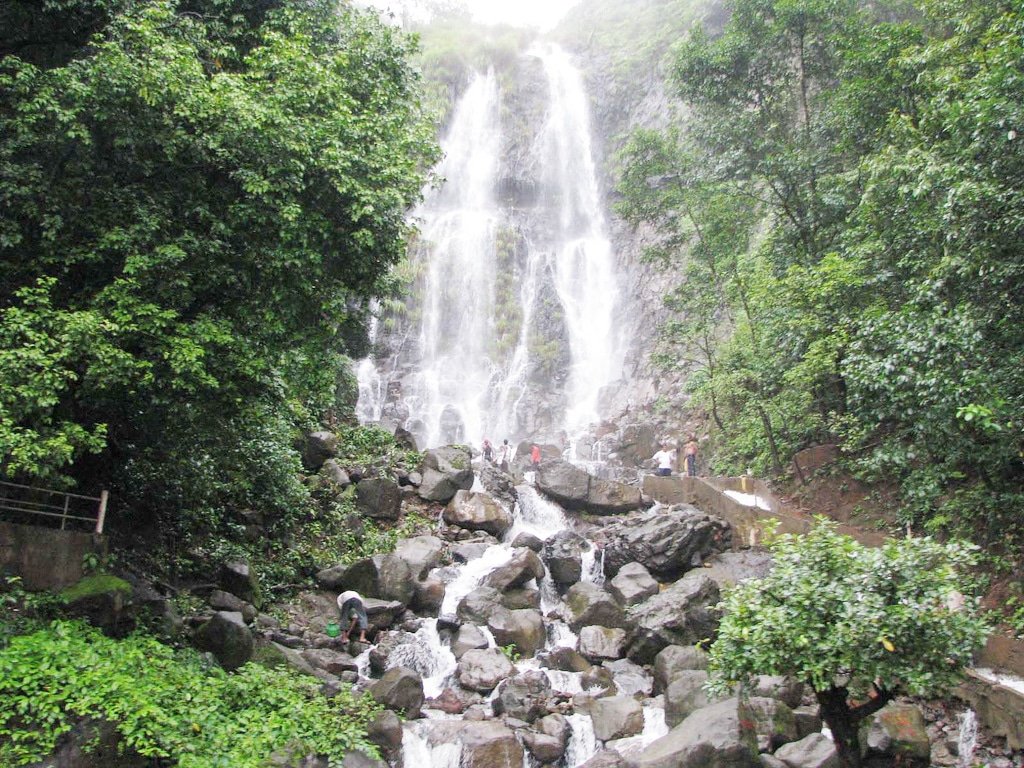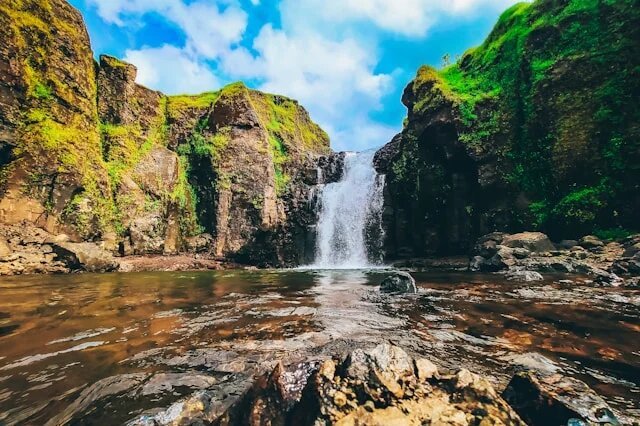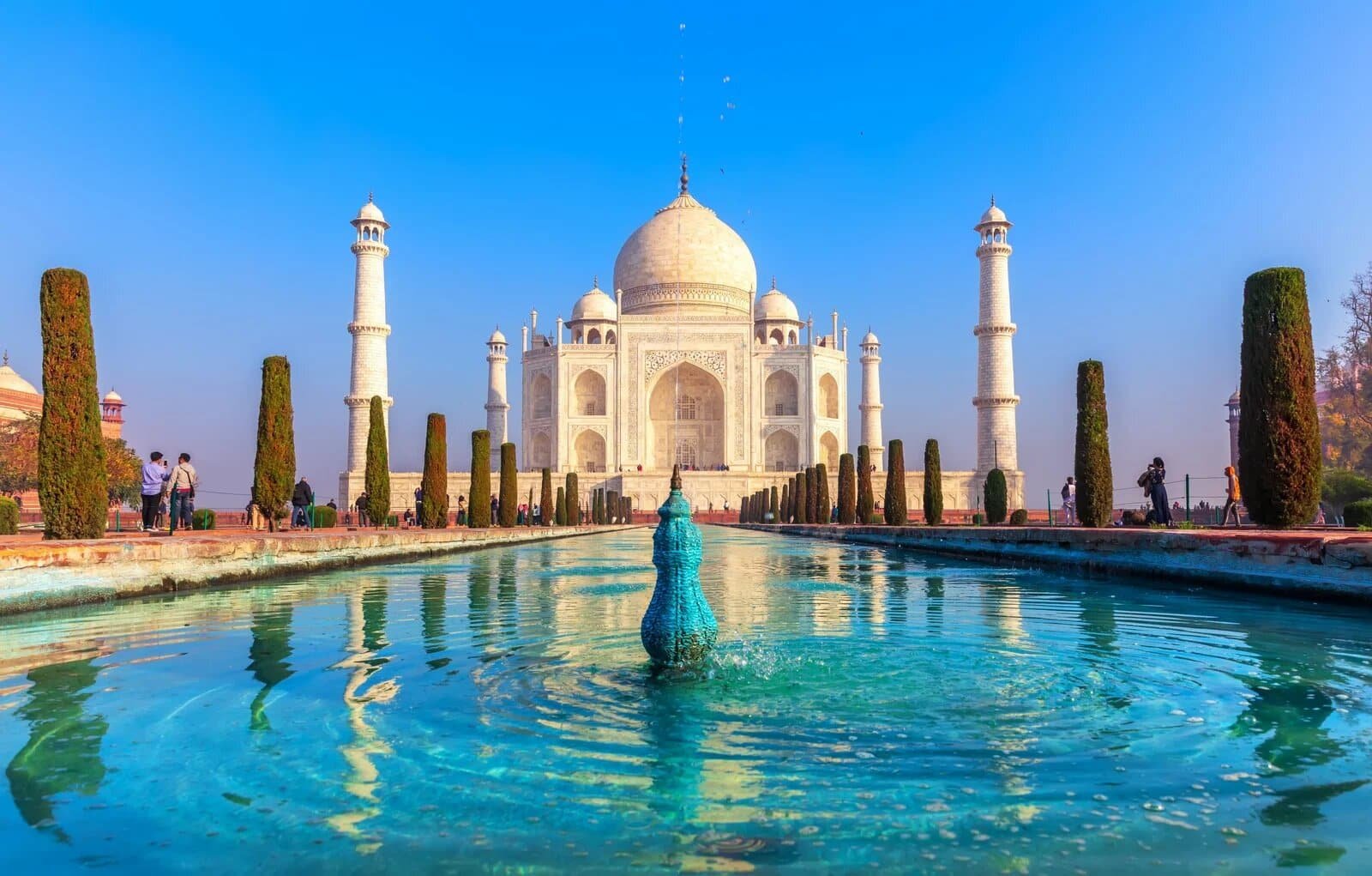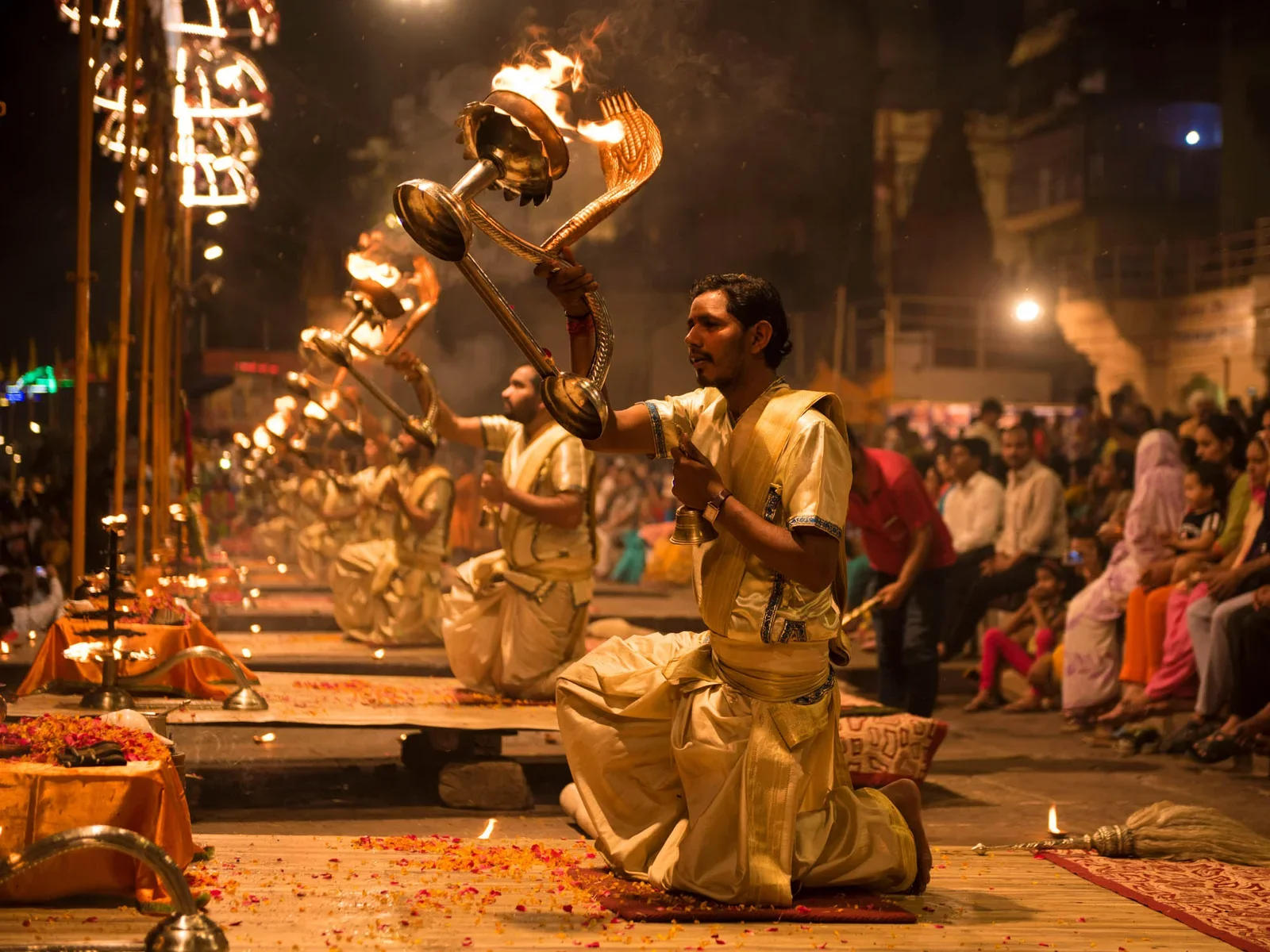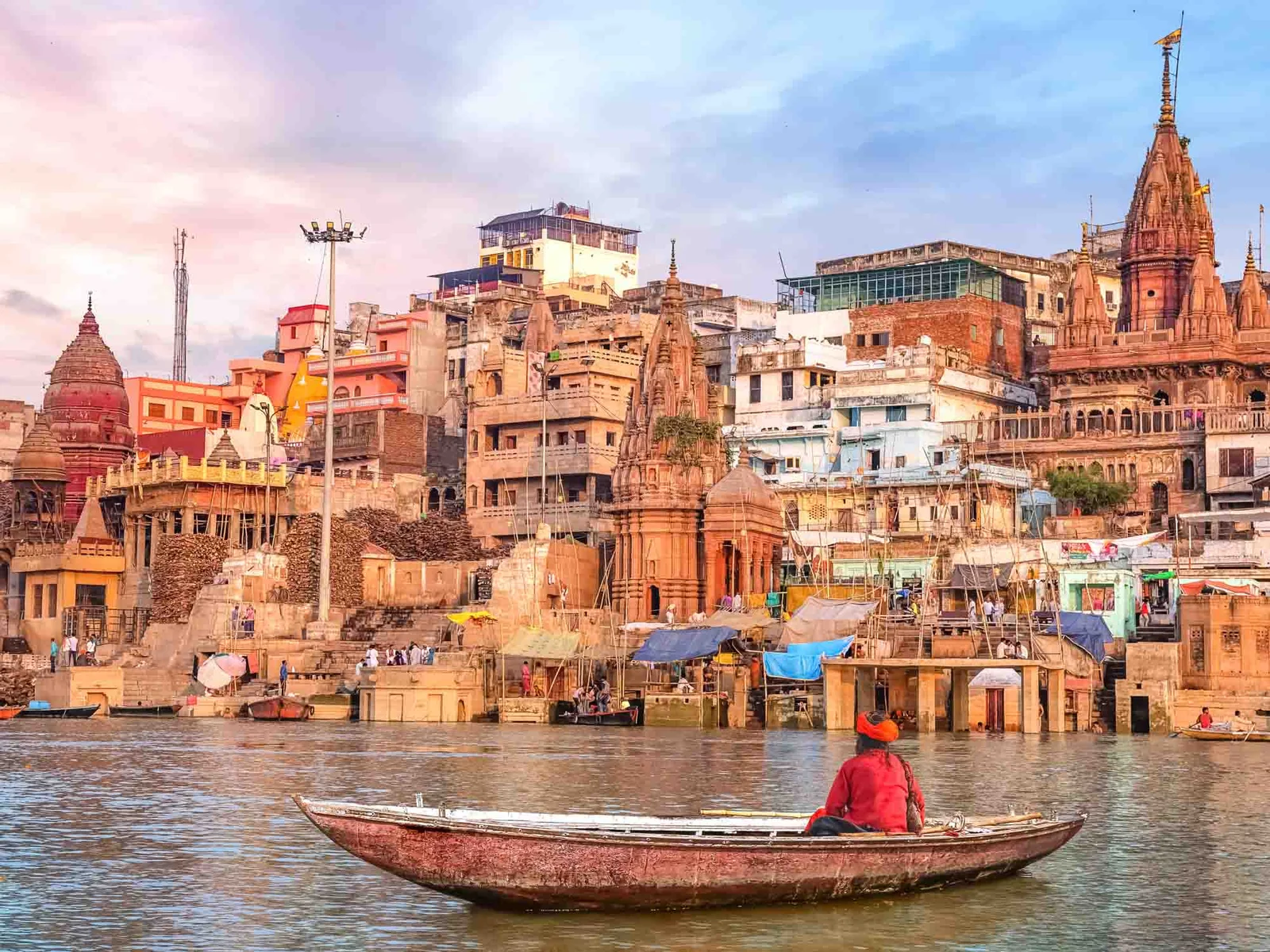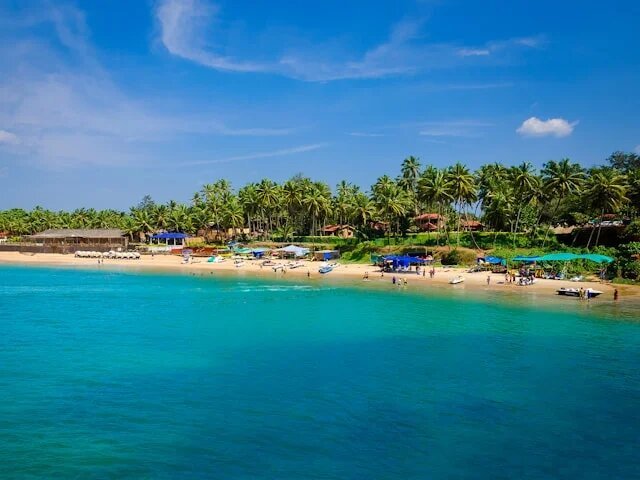Gateway of India: A Majestic Monument
Historical Significance
The Gateway of India stands as Mumbai’s most iconic landmark. This imposing archway, poised gracefully overlooking the Arabian Sea, was constructed to honor the visit of King George V and Queen Mary in 1911. It serves as a poignant reminder of the British Raj and is a testament to Mumbai’s colonial heritage.
Architectural Grandeur
Designed by the architect George Wittet, the Gateway of India is a stunning example of Indo-Saracenic architecture. The arch stands 26 meters high and is constructed from yellow basalt and reinforced concrete. The intricate latticework and detailed carvings reflect a blend of Hindu and Muslim architectural styles, making it a visual masterpiece.
Cultural Hub
The Gateway of India is not merely a historical monument; it is a bustling cultural hub. It is the starting point for exploring the city and a popular spot for both locals and tourists. Street vendors, photographers, and performers throng the area, creating a lively atmosphere that captures the essence of Mumbai.
Marine Drive: The Queen’s Necklace
Scenic Beauty
Marine Drive, affectionately known as the “Queen’s Necklace,” is a picturesque boulevard that stretches along the Arabian Sea. This sweeping promenade offers a mesmerizing view, especially at night when the streetlights form a glittering necklace-like pattern.
Leisurely Strolls and Sunsets
Marine Drive is the perfect place for a leisurely stroll or a relaxing evening. The cool sea breeze, combined with the stunning views of the sunset, creates an enchanting ambiance. It is a favorite spot for couples, joggers, and families alike, offering a serene escape from the city’s hustle and bustle.
Architectural Highlights
Lined with Art Deco buildings, Marine Drive showcases Mumbai’s architectural diversity. These historic structures, built during the 1930s and 1940s, add a nostalgic charm to the area. The promenade is also home to several landmarks, including the iconic Oberoi Hotel and the elegant NCPA (National Centre for the Performing Arts).
Chhatrapati Shivaji Maharaj Terminus: A Historical Marvel
UNESCO World Heritage Site
Chhatrapati Shivaji Maharaj Terminus (CSMT), formerly known as Victoria Terminus, is a UNESCO World Heritage Site and a testament to Mumbai’s rich architectural heritage. This historic railway station, inaugurated in 1887, is a blend of Victorian Gothic Revival and traditional Indian architecture.
Architectural Splendor
Designed by the British architect Frederick William Stevens, CSMT is an architectural marvel. Its intricate façade features a fusion of Gothic spires, turrets, and stone carvings, along with traditional Indian motifs such as peacocks and elephants. The station’s interior is equally impressive, with vaulted ceilings, stained glass windows, and an expansive central dome.
Bustling Atmosphere
CSMT is one of the busiest railway stations in India, serving as a vital hub for millions of commuters. The bustling atmosphere, combined with the station’s historical significance and architectural beauty, makes it a must-visit attraction. The terminus is a microcosm of Mumbai’s vibrant and chaotic energy.
Elephanta Caves: A Tranquil Retreat
Journey to the Caves
A short ferry ride from the Gateway of India transports visitors to the serene Elephanta Island, home to the Elephanta Caves. This UNESCO World Heritage Site features a network of rock-cut temples dedicated to Lord Shiva, dating back to the 5th to 7th centuries.
Intricate Carvings
The Elephanta Caves are renowned for their intricate carvings and sculptures. The main cave, known as the Great Cave, houses a colossal statue of Lord Shiva in his three-headed form, Trimurti, representing the Creator, Preserver, and Destroyer. The detailed bas-reliefs and sculpted panels depict various aspects of Hindu mythology, showcasing the artistic prowess of ancient Indian craftsmen.
Serene Island Setting
The tranquil island setting of the Elephanta Caves offers a peaceful retreat from the city’s hustle and bustle. The lush greenery and serene surroundings provide a perfect backdrop for exploring these ancient wonders. The island’s natural beauty and historical significance make it a captivating destination.
Haji Ali Dargah: A Spiritual Oasis
Iconic Mosque and Tomb
Haji Ali Dargah, situated on a small islet in the Arabian Sea, is an iconic mosque and tomb that attracts devotees and tourists alike. Built in 1431, it is dedicated to Pir Haji Ali Shah Bukhari, a wealthy merchant who renounced worldly possessions to become a saint.
Architectural Marvel
The Dargah is a stunning example of Indo-Islamic architecture, featuring white marble domes and minarets. Accessible via a narrow causeway that is submerged during high tide, the journey to the Dargah is a unique experience. The mosque’s interior is adorned with intricate mirror work, adding to its ethereal beauty.
Pilgrimage and Spirituality
Haji Ali Dargah is a significant pilgrimage site, drawing visitors from all walks of life. It is a symbol of communal harmony, where people of different faiths come to seek blessings. The serene ambiance and spiritual aura of the Dargah provide a sense of peace and tranquility.
Mumbai’s Cultural Kaleidoscope
Festivals and Celebrations
Mumbai is a city that celebrates life with fervor and enthusiasm. The city’s diverse population brings a rich tapestry of festivals and celebrations. From the vibrant Ganesh Chaturthi, where the city comes alive with processions and festivities, to the colorful Holi, where people drench each other in hues of joy, Mumbai’s festivals are a reflection of its cultural diversity.
Cuisine: A Gastronomic Delight
Mumbai’s culinary scene is a gastronomic delight, offering a plethora of flavors that cater to every palate. From the spicy street food like vada pav and pav bhaji to the sophisticated Parsi cuisine, Mumbai’s food is a fusion of various culinary traditions. The bustling food markets, upscale restaurants, and quaint cafes provide a rich culinary experience that is both diverse and delectable.
Arts and Entertainment
Mumbai is the epicenter of India’s arts and entertainment industry. Home to Bollywood, the world’s largest film industry, the city is a hub for filmmakers, actors, and artists. The city’s theaters, art galleries, and cultural centers offer a vibrant arts scene. From classical dance performances at the NCPA to contemporary art exhibitions at the Jehangir Art Gallery, Mumbai’s cultural offerings are vast and varied.
Exploring Beyond the Landmarks
Hidden Gems
While Mumbai’s iconic landmarks are well-known, the city also boasts several hidden gems waiting to be discovered. The quaint village of Khotachiwadi, with its charming Portuguese-style houses, offers a glimpse into Mumbai’s colonial past. The tranquil Banganga Tank, a historic water tank surrounded by temples, provides a peaceful retreat in the heart of the city.
Shopping Extravaganza
Mumbai is a shopper’s paradise, offering everything from high-end luxury brands to bustling street markets. Colaba Causeway is a popular shopping destination, known for its eclectic mix of shops and street vendors. The vibrant Crawford Market, with its fresh produce and quirky knick-knacks, is a sensory delight. For a more upscale shopping experience, the chic boutiques of Kala Ghoda and the posh malls of South Mumbai offer a wide range of options.
Nightlife: The City That Never Sleeps
Mumbai’s nightlife is legendary, with an array of options to suit every taste. From trendy nightclubs and rooftop bars to cozy pubs and live music venues, the city comes alive after dark. The vibrant nightlife scene is a testament to Mumbai’s dynamic and cosmopolitan spirit, offering endless entertainment options for night owls.
Conclusion: The Allure of Mumbai
Mumbai, with its blend of historic grandeur, cultural diversity, and modern energy, is a captivating destination that leaves a lasting impression on every traveler. From the majestic Gateway of India and the scenic Marine Drive to the historic Chhatrapati Shivaji Maharaj Terminus and the serene Elephanta Caves, Mumbai offers an unforgettable experience. The city’s vibrant festivals, delectable cuisine, rich arts scene, and dynamic nightlife add to its charm, making it a city like no other. Whether you are a history buff, a foodie, an art enthusiast, or an adventurer, Mumbai’s myriad attractions and experiences are sure to captivate your heart and soul.


 Toll-Free 1-855-952-6526
Toll-Free 1-855-952-6526 +44 1753 201 201
+44 1753 201 201  61-2-86078986
61-2-86078986  + 44 ( 0 ) 7739 716978
+ 44 ( 0 ) 7739 716978 










